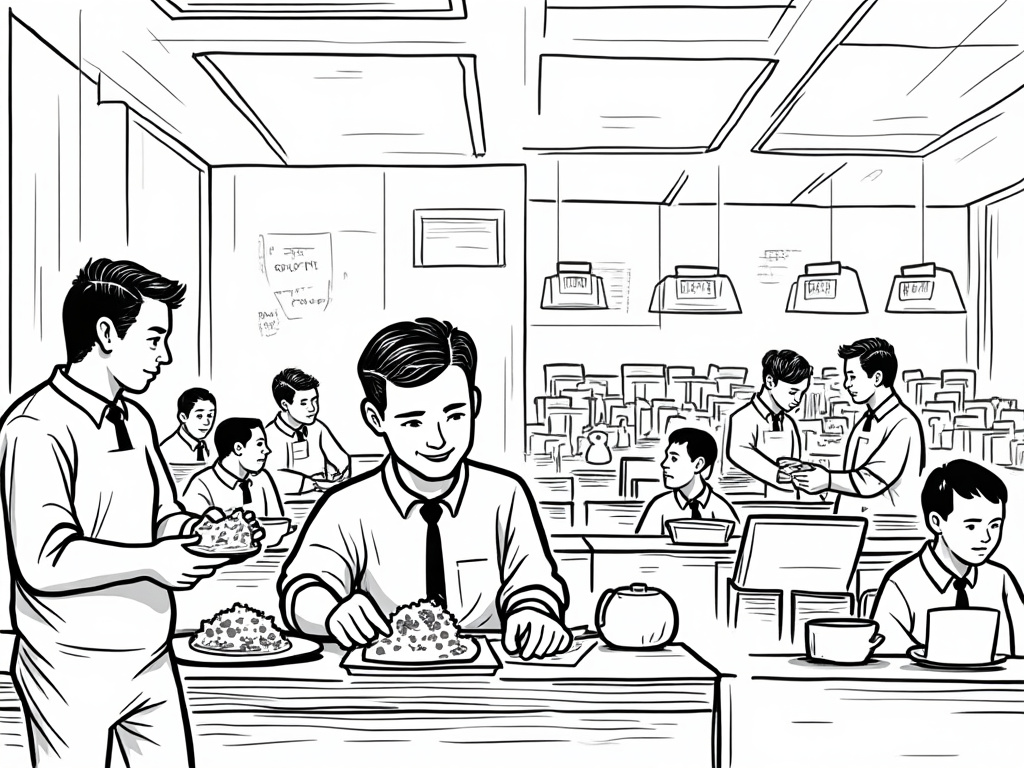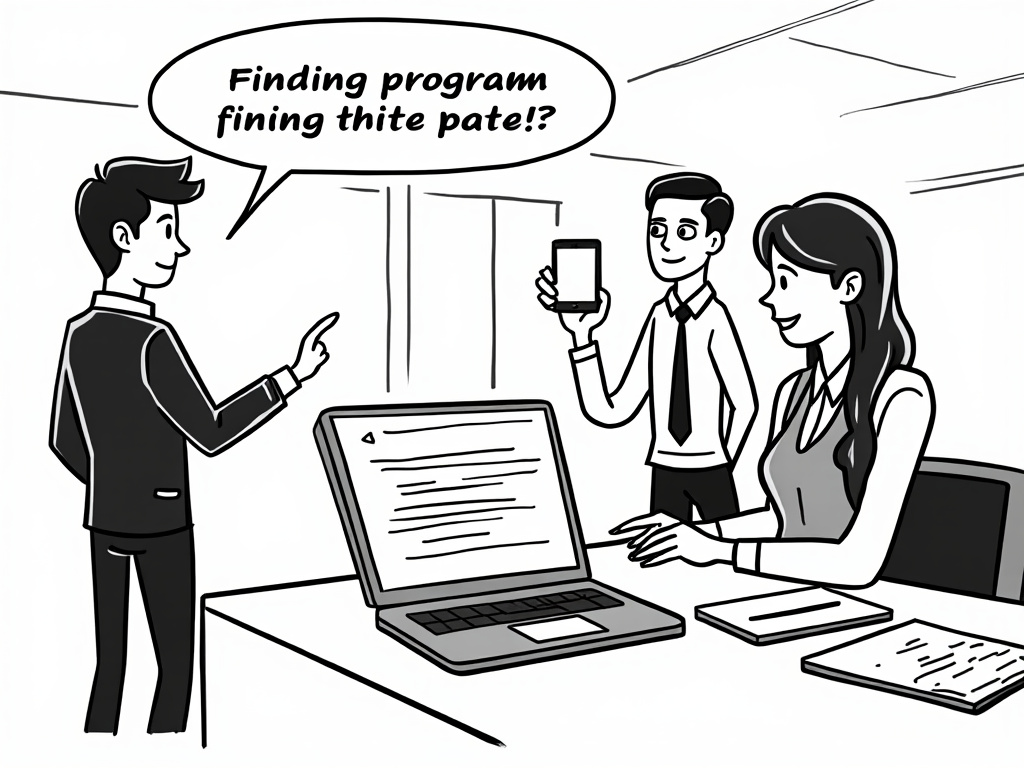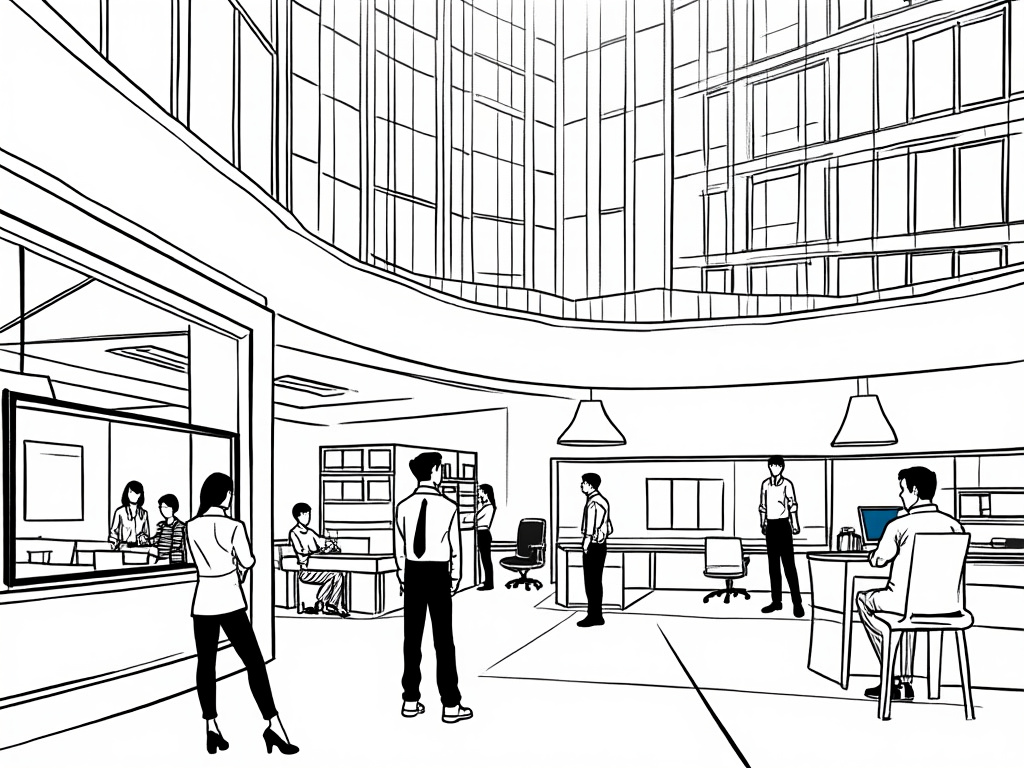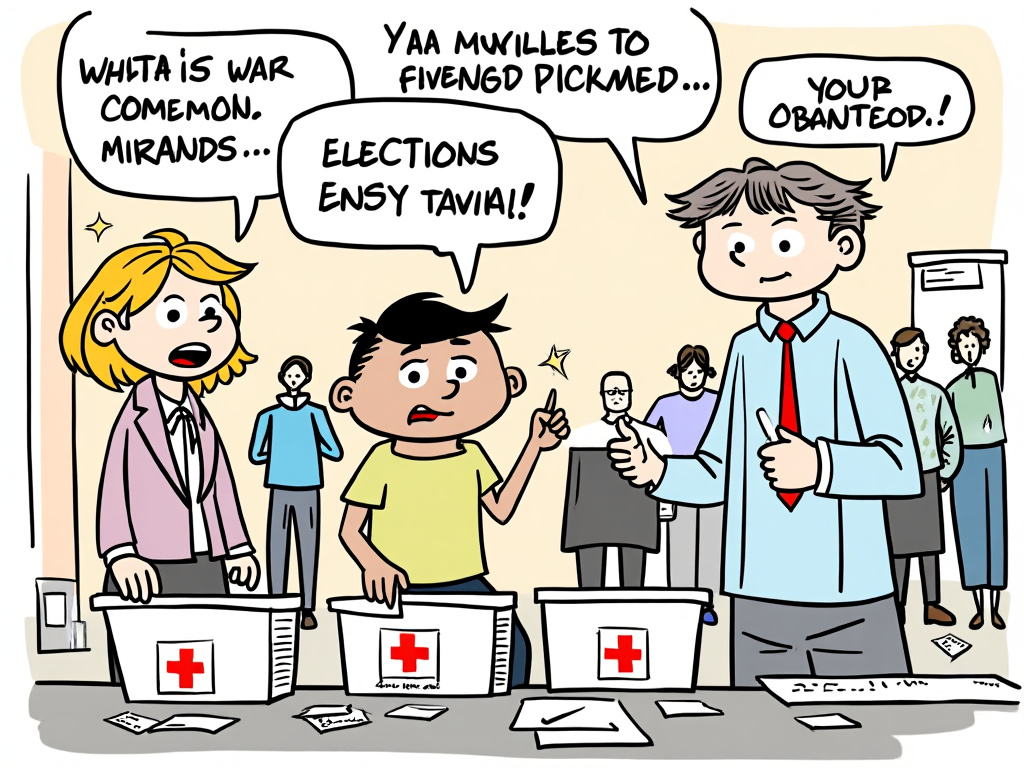
UAE’s Food Security Journey: From Desert to Global Leader
Reading time: 12 minutes
Table of Contents
- Understanding UAE’s Food Security Challenge
- Global Food Security Rankings: UAE’s Position
- Strategic Initiatives Driving UAE’s Food Security
- Technological Innovations in UAE’s Food Security
- Persistent Challenges and Vulnerabilities
- Case Studies: Success Stories in UAE Food Security
- Comparative Analysis: UAE vs. Other Desert Nations
- The Road Ahead: Future-Proofing UAE’s Food Security
- Frequently Asked Questions
Understanding UAE’s Food Security Challenge
Imagine building a thriving nation where less than 1% of your land is arable, rainfall is scarce, and temperatures regularly soar above 40°C. This isn’t a hypothetical scenario—it’s the reality the United Arab Emirates has faced since its formation in 1971.
The UAE’s food security journey is nothing short of remarkable. In just five decades, this desert nation has transformed from being almost entirely dependent on food imports to becoming a regional leader in food security innovation and policy.
Dr. Ismahane Elouafi, former Director General of the International Center for Biosaline Agriculture in Dubai, puts it succinctly: “The UAE’s approach to food security isn’t just about ensuring sufficient food supplies—it’s about creating a sustainable ecosystem that balances immediate needs with long-term environmental considerations.”
But what exactly has propelled the UAE up the global food security rankings? Let’s dive into the numbers, strategies, and innovations behind this desert miracle.
Global Food Security Rankings: UAE’s Position
The Global Food Security Index (GFSI), published annually by the Economist Intelligence Unit, provides the most comprehensive assessment of food security across nations. The index evaluates countries across four dimensions: affordability, availability, quality and safety, and natural resources and resilience.
UAE’s Remarkable Ascent
In 2018, the UAE ranked 31st globally on the GFSI. By 2022, it had climbed to 23rd position out of 113 countries assessed—an impressive leap that placed it first among Arab nations and second in the MENA region.
This wasn’t a coincidence but the result of deliberate policy choices. In 2018, the UAE launched its National Food Security Strategy with an ambitious target: to reach the top 10 on the GFSI by 2021. While the COVID-19 pandemic caused some disruption to this timeline, the upward trajectory has been clear.
Let’s visualize UAE’s progress in the Global Food Security Index:
Dimension-Specific Performance
What’s particularly interesting is how the UAE performs across different dimensions of food security:
| Dimension | UAE Global Rank (2022) | Score (out of 100) | Key Strength | Key Challenge |
|---|---|---|---|---|
| Affordability | 4 | 92.3 | High income per capita | Import dependency |
| Availability | 30 | 72.6 | Advanced supply chain infrastructure | Limited agricultural production |
| Quality & Safety | 16 | 86.1 | Strong food standards | Diet diversification |
| Natural Resources & Resilience | 131 | 46.2 | Investment in climate adaptation | Water scarcity and temperature extremes |
The UAE excels in affordability and quality dimensions but faces significant challenges in natural resources and resilience—unsurprising given its harsh desert environment. However, this is precisely where some of the nation’s most innovative initiatives are focused.
Strategic Initiatives Driving UAE’s Food Security
The UAE’s food security strategy rests on several key pillars, each addressing specific vulnerabilities while leveraging the nation’s strengths.
The National Food Security Strategy 2051
Launched in 2018, this comprehensive strategy aims to develop a sustainable food system that uses innovative technologies, enhances local production, and diversifies international food sources. The strategy has five strategic goals:
- Facilitate global food trade and diversify international food sources
- Develop sustainable local food production using modern technologies
- Reduce food loss and waste
- Ensure food safety and improve nutritional intake
- Enhance capacity to respond to food security risks and crises
As Her Excellency Mariam Al Mheiri, Minister of State for Food Security (2017-2020), explained: “Our strategy isn’t just about growing more food locally—it’s about creating an integrated ecosystem where technology, policy, and international cooperation work in harmony to ensure our nation’s food security.”
Strategic Food Reserves and International Partnerships
The UAE maintains strategic food reserves that can last between 3-6 months for essential commodities. But perhaps more importantly, it has developed a sophisticated network of international partnerships and investments:
- Food Security Alliance: Partnerships with over 50 countries to ensure stable food imports
- International Investments: Through sovereign wealth funds like the Abu Dhabi Investment Authority, the UAE has invested in agricultural land in countries such as Romania, Serbia, and various African nations
- Ports and Logistics: Investments in global port facilities through DP World ensure efficient food importation channels
Here’s a practical example: When COVID-19 disrupted global supply chains, the UAE’s diversified import strategy proved crucial. While many countries struggled with food supply issues, the UAE maintained stable food supplies by quickly activating alternative supply routes through its diversified partner network.
Technological Innovations in UAE’s Food Security
If there’s one area where the UAE truly stands out, it’s in embracing cutting-edge technologies to overcome its natural limitations.
Controlled Environment Agriculture
With outdoor farming severely limited by climate conditions, the UAE has become a test bed for advanced indoor farming technologies:
Vertical Farming: Companies like Badia Farms in Dubai have pioneered vertical hydroponic farming, producing up to 3,500 kg of leafy greens monthly using 90% less water than conventional farming.
Desert Agriculture: The International Center for Biosaline Agriculture in Dubai has developed salt-tolerant crops that can grow using brackish water, expanding farming possibilities in saline environments.
The Emirates Flight Catering and Crop One Holdings joint venture illustrates this approach perfectly. Their 330,000-square-foot facility—one of the world’s largest vertical farms—produces 2,700 kg of leafy greens daily while using 95% less water than traditional farming.
AgTech Innovation and Investment
The UAE government has allocated AED 100 billion (approximately USD 27 billion) to the Emirates Food Security Council’s AgTech initiatives. Key programs include:
- FoodTech Valley: A specialized zone in Dubai focused on food innovation
- Abu Dhabi AgTech Incentive Program: Offering up to 75% rebates on AgTech investments
- Khalifa Fund’s Agriculture Support: Providing financial assistance to UAE nationals for agricultural projects
According to Dr. Tarifa Al Zaabi, Acting Director General at ICBA: “The UAE is rapidly becoming a global hub for AgTech innovation. The combination of government support, private sector partnerships, and international expertise is creating an ecosystem where food-focused technologies can be rapidly developed, tested, and scaled.”
Persistent Challenges and Vulnerabilities
Despite impressive progress, the UAE’s food security journey isn’t without ongoing challenges that require continuous attention.
Environmental Constraints
The fundamental environmental limitations remain daunting:
- Water Scarcity: The UAE has one of the highest per capita water consumption rates globally, while having minimal renewable water resources
- Arable Land: Only 0.5% of UAE land is suitable for conventional agriculture
- Climate Vulnerability: Rising temperatures and increasing frequency of extreme weather events threaten existing agricultural systems
The water situation is particularly critical. Despite progress in efficiency, agriculture still accounts for approximately 60% of the UAE’s water consumption, primarily from non-renewable groundwater sources or energy-intensive desalination.
Economic and Systemic Vulnerabilities
Beyond environmental factors, systemic challenges persist:
- Import Dependency: The UAE still imports nearly 90% of its food, creating vulnerability to global supply disruptions and price volatility
- Energy-Food Nexus: Many food security solutions (like desalination and climate-controlled agriculture) remain energy-intensive in a world shifting toward carbon constraints
- Waste Management: Food waste remains high at approximately 197 kg per person annually, compared to the global average of 95 kg
As Dr. James Kinyangi, Head of Climate and Environment at the Abu Dhabi Fund for Development notes: “The interconnectedness of food, water, and energy systems means that addressing food security in isolation is impossible. The UAE’s future food security depends on addressing these three elements as an integrated system.”
Case Studies: Success Stories in UAE Food Security
To fully appreciate the UAE’s food security journey, let’s examine two concrete examples that demonstrate different aspects of their approach.
Case Study 1: Pure Harvest Smart Farms
Founded in 2016, Pure Harvest represents the UAE’s technological approach to food security. The company has developed climate-controlled greenhouses that can maintain optimal growing conditions despite external desert temperatures exceeding 50°C.
Their breakthrough came from adapting Dutch greenhouse technologies to the specific challenges of the Gulf climate. Using a combination of high-tech climate management systems, specialized glass coatings, and efficient water recycling, Pure Harvest produces premium tomatoes, strawberries, and leafy greens year-round.
The results have been impressive:
- Production yields comparable to leading European producers
- 90% reduction in water usage compared to conventional farming
- Year-round production regardless of outside temperature
- Expansion from the UAE to Saudi Arabia and Kuwait
Sky Kurtz, CEO of Pure Harvest, explains their impact: “We’re demonstrating that with the right technology, desert agriculture isn’t just possible—it can be commercially viable and environmentally sustainable. Our farms are proving that the Gulf region can significantly increase its food self-sufficiency without depleting precious groundwater resources.”
Case Study 2: Food Security Center Abu Dhabi
While technology receives much attention, the UAE’s institutional innovations are equally important. The Food Security Center Abu Dhabi (FSCAD) exemplifies the governance approach to food security.
Founded in 2010, FSCAD was tasked with ensuring stable food supplies for Abu Dhabi. Rather than focusing solely on domestic production, FSCAD developed a comprehensive approach:
- Strategic Reserves Management: Building and maintaining reserves of 23 essential food commodities
- International Supply Chain Diversification: Establishing relationships with suppliers across multiple geographies
- Crisis Response Planning: Developing detailed scenarios and response protocols for food supply disruptions
When COVID-19 hit in 2020, this preparation paid off. While many nations scrambled to secure supplies, FSCAD activated its contingency plans, maintaining stable food supplies throughout the pandemic. This included quickly establishing air bridges for perishable goods when sea freight was disrupted and activating alternative suppliers when primary sources faced export restrictions.
According to Khalifa Ahmed Al Ali, Managing Director of FSCAD: “Our success during COVID-19 wasn’t luck—it was the result of years of systematic planning, relationship building, and scenario testing. We had run simulations for pandemic-like disruptions and had ready-to-activate plans that made all the difference.”
Comparative Analysis: UAE vs. Other Desert Nations
How does the UAE’s approach to food security compare to other nations facing similar environmental challenges? This comparative analysis reveals important insights.
| Country | 2022 GFSI Rank | Primary Strategy | Key Strength | Key Vulnerability |
|---|---|---|---|---|
| UAE | 23 | Tech innovation & import diversification | High-tech agriculture | Water scarcity |
| Qatar | 37 | Sovereign agricultural investments | Financial resources | Limited domestic production |
| Israel | 19 | Water-efficient agriculture | Drip irrigation leadership | Political instability in region |
| Jordan | 62 | Water conservation & management | Efficient traditional practices | Financial constraints |
Key takeaways from this comparison:
Technology vs. Traditional Approaches: While the UAE has emphasized cutting-edge technology, countries like Jordan have focused on optimizing traditional farming methods for water conservation. Israel has struck a balance, developing advanced technologies that have practical applications in resource-constrained environments.
Import Strategy Differences: Qatar has concentrated on securing food supplies through direct agricultural investments in other countries, while the UAE has pursued a more diversified approach combining strategic investments with technological self-sufficiency initiatives.
Resource Allocation: The UAE and Qatar leverage their substantial financial resources to implement capital-intensive solutions, while Jordan demonstrates how careful resource management can achieve significant results with more limited budgets.
The Road Ahead: Future-Proofing UAE’s Food Security
Looking forward, what steps is the UAE taking to enhance its food security position further, and what challenges must it navigate?
Emerging Technologies and Approaches
Several cutting-edge technologies are being rapidly scaled in the UAE:
- Artificial Intelligence in Agriculture: AI systems that optimize growing conditions, predict crop diseases, and manage resources with minimal human intervention
- Alternative Proteins: Investment in cellular agriculture and plant-based proteins, including the region’s first cell-cultured meat laboratory at MBZUAI
- Aquaculture Innovation: Development of desert aquaculture systems that can provide sustainable protein with minimal water usage
- Genomics and Crop Breeding: Research into crops specifically adapted to saline soil and high temperatures
The UAE has committed AED 5 billion (approximately USD 1.36 billion) to these next-generation food technologies over the next five years.
Climate Adaptation Strategies
As climate change intensifies, the UAE is developing more robust adaptation strategies:
- Decentralized Production: Moving toward a distributed network of production facilities to enhance resilience
- Water-Food-Energy Nexus: Integrated planning that recognizes the interconnections between these three critical resources
- Building Climate-Resilient Food Infrastructure: Designing facilities that can withstand increasing temperature extremes and potential natural disasters
According to climate scientist Dr. Taoufik Ksiksi from UAE University: “The UAE’s agricultural future depends on approaching climate change not just as a threat but as a design parameter. Every aspect of the food system needs to be engineered with climate resilience as a core consideration, not an afterthought.”
Securing Your Plate: Turning Desert Constraints into Global Leadership
The UAE’s journey from food insecurity to emerging leadership in food innovation demonstrates that geographic limitations can become catalysts for innovation rather than permanent constraints. Their progress offers lessons for nations, organizations, and individuals navigating resource challenges:
- Transform vulnerabilities into innovation drivers – The UAE’s water scarcity became the catalyst for world-leading water efficiency technologies
- Balance self-reliance with strategic interdependence – Rather than pursuing impossible complete self-sufficiency, create resilient networks and partnerships
- Invest in future-focused solutions while managing present needs – The UAE maintains traditional food security measures while aggressively developing next-generation approaches
- Connect technological innovation with institutional readiness – Technology alone isn’t sufficient; governance structures must evolve in parallel
- Recognize food security as an evolving journey, not a destination – The UAE regularly reassesses its approach as global conditions and technologies change
For individuals, organizations, and other nations, the UAE’s experience suggests that food security strategies should balance immediate resilience with long-term transformation. The most successful approaches will combine diverse tactics rather than relying on single solutions.
As Sheikh Mohammed bin Rashid Al Maktoum has stated: “Food security is a national security issue. In the UAE, we don’t wait for challenges to become crises—we transform them into opportunities for leadership and innovation.”
How might your organization or community apply these principles to strengthen its own resilience in the face of resource constraints? The answer may lie not in fighting limitations, but in using them as catalysts for transformative innovation.
Frequently Asked Questions
How has the UAE’s food security ranking changed over the past decade?
The UAE has shown remarkable improvement in the Global Food Security Index over the past decade. In 2012, the country ranked 41st globally. By 2018, it had improved to 31st position, and by 2022, it reached 23rd place. This steady climb reflects the success of coordinated national strategies, significant investments in agricultural technology, and diversification of international food sources. The most dramatic improvements have come in the “affordability” and “quality and safety” dimensions, while “natural resources and resilience” remains the area with the greatest opportunity for further improvement.
What technologies are proving most effective for UAE’s food security challenges?
The most effective technologies addressing UAE’s food security challenges are controlled environment agriculture systems, particularly climate-controlled greenhouses and vertical farming. These approaches have demonstrated water efficiency improvements of 70-95% compared to conventional agriculture while enabling year-round production regardless of external temperatures. Hydroponics and aquaponics have been particularly successful for leafy greens and herbs, while advanced greenhouse systems have enabled commercial production of tomatoes, cucumbers, strawberries, and other fruits. Emerging technologies showing promise include AI-driven climate management systems, desert-adapted aquaculture, and salt-tolerant crop varieties specifically bred for UAE conditions.
How did the UAE maintain food security during the COVID-19 pandemic?
The UAE successfully maintained food security during the COVID-19 pandemic through a multi-faceted approach that demonstrated the resilience of its food security strategy. First, the country activated its strategic food reserves, which provided buffer supplies of 23 essential commodities. Second, it rapidly established alternative supply routes, including dedicated air bridges for perishable goods when traditional shipping was disrupted. Third, the UAE leveraged its diversified international supplier network, quickly shifting to alternate sources when primary suppliers implemented export restrictions. Additionally, the government implemented price controls on essential items to prevent gouging and provided subsidies to domestic producers to maintain production levels. These measures ensured continuous food availability throughout the pandemic with minimal price increases compared to global averages.




